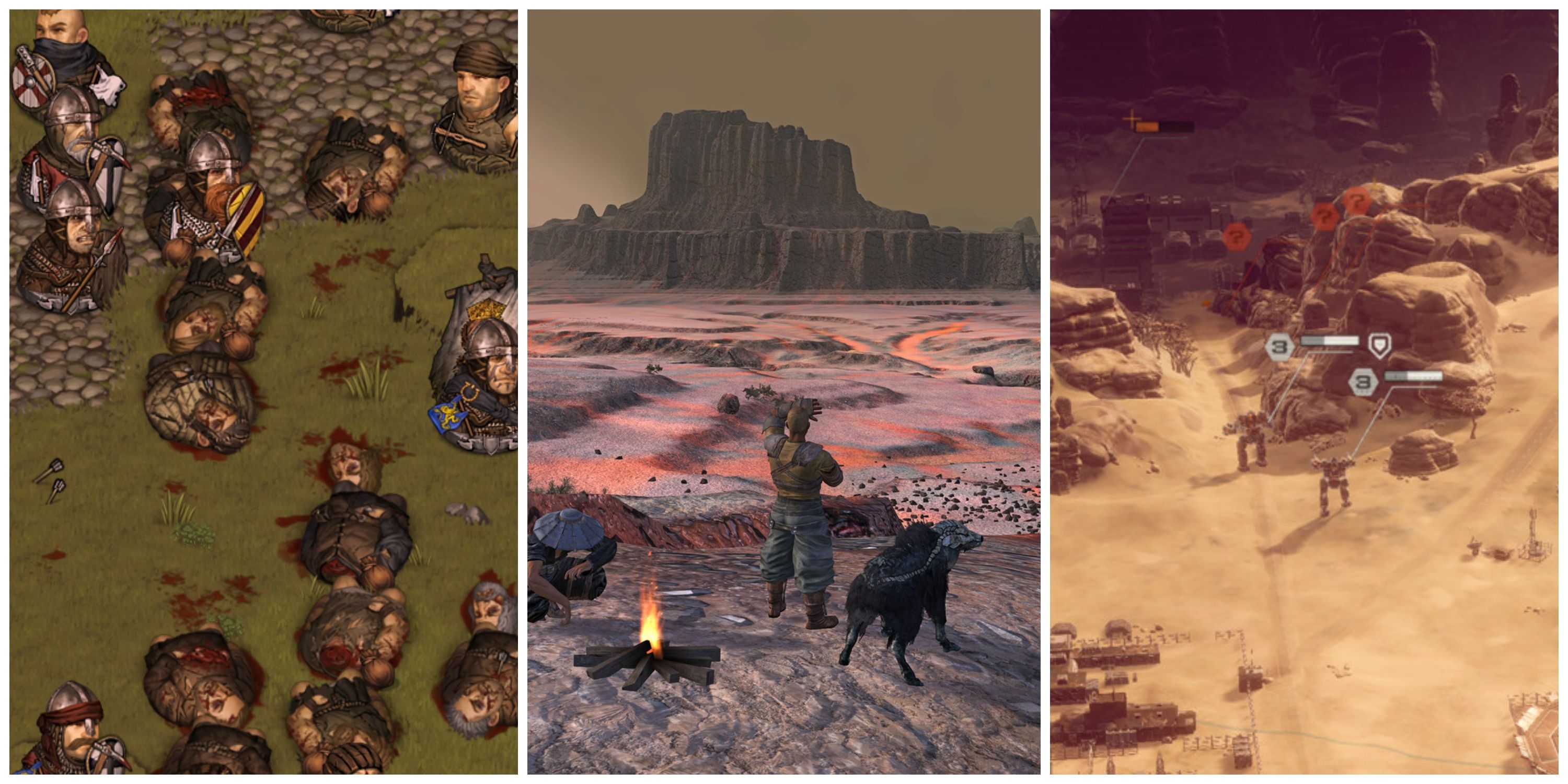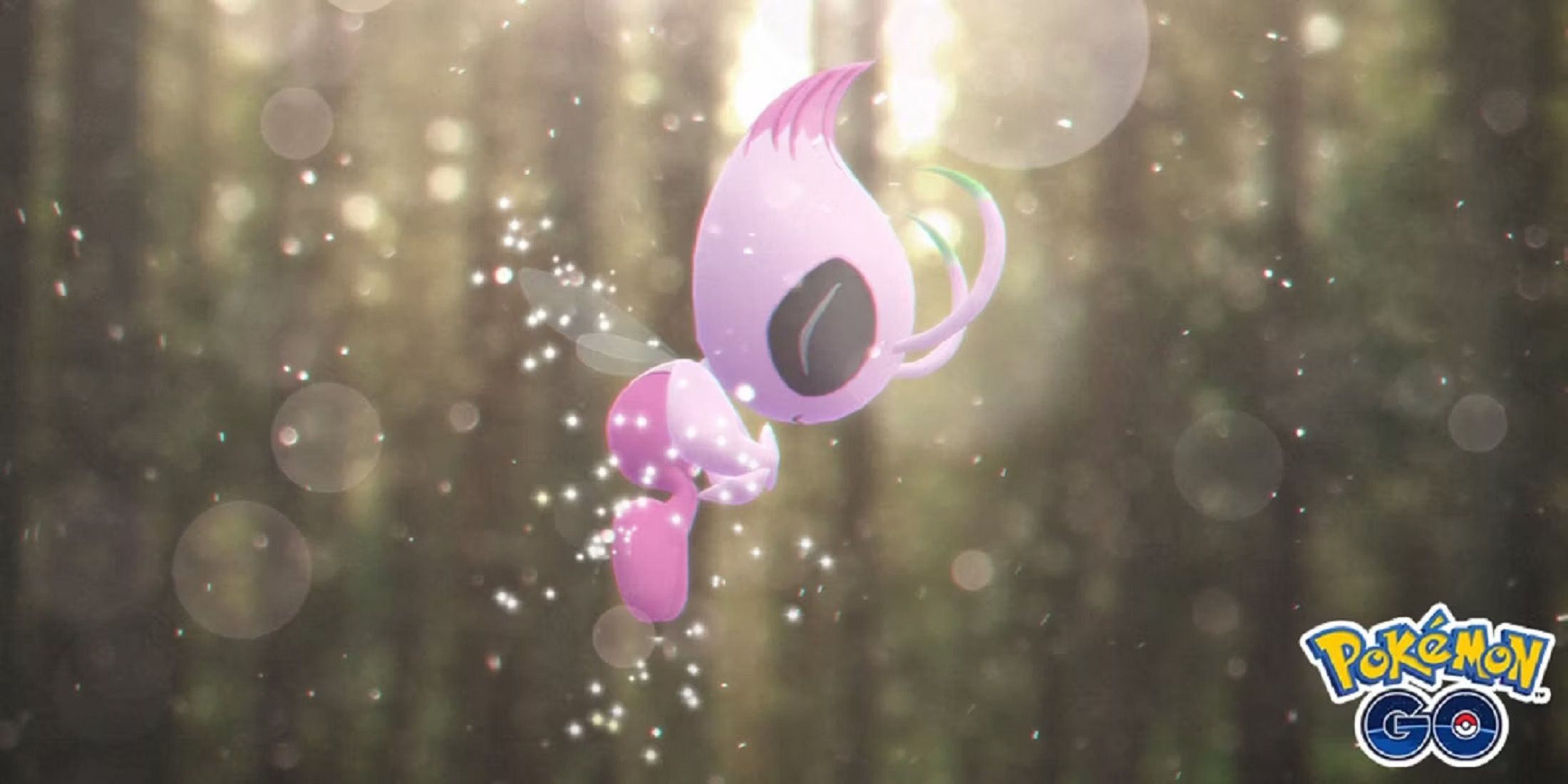Highlights
- The Last of Us could benefit from incorporating Resident Evil's inventory management system to make looting more engaging and add a level of strategy to the gameplay.
- While both games share similarities as survival horror titles, The Last of Us currently lacks the granular nature of inventory management seen in Resident Evil.
- Implementing certain elements of Resident Evil's inventory system could open up different play styles and reward players who carefully consider what resources they pick up.
The Last of Us is lying dormant for now when it comes to single-player content. But if and when the series returns in earnest, it may benefit from dabbling in a classic mechanic present in the Resident Evil franchise. Adding this gameplay mechanic could help make The Last of Us even more tense, scary, and engaging.
While they may not seem too similar upon first glance, Resident Evil and The Last of Us share some important similarities. Both games can be classified as survival horror, with an emphasis on slow-paced, thoughtful gameplay, collecting resources, and uncovering story elements through notes and other in-game collectibles. They both center around combat and taking on hordes of enemies, but players can often choose to avoid many of these encounters if they choose to. The staples of the survival horror genre play an important role in both games, but The Last of Us could shake up its gameplay by experimenting with one key feature from the Resident Evil franchise.
The Last of Us Should Incorporate Resident Evil's Inventory and Resource Management
Inventory management is an iconic feature of the Resident Evil series, with players either loving or hating its granular, micromanaging nature. Resident Evil, like The Last of Us, places a heavy emphasis on collectible and craftable resources, with healing materials and ammo being the most crucial. At the same time, inventory space is limited, forcing players to carefully consider what they pick up and cull their inventory as needed. This system has been replicated in a number of other survival horror games, but not The Last of Us, interestingly enough.
In both The Last of Us games, resources play a significant role, but inventory management isn't quite the same as in Resident Evil. While there are carry limits for each individual resource, which can contribute to some of The Last of Us's most frightening moments, the limits don't allow for much player interaction. Players can theoretically reach the maximum carry capacity for med kits, explosives, traps, crafting supplies, and ammo, while carrying all the game's weapons at the same time. This is far different from Resident Evil's inventory system, which makes players choose which resources and items they value the most. Since items aren't compartmentalized into specific categories, players are forced to choose which items they want to prioritize throughout their playthrough. For instance, a player could choose to carry a wide arsenal of different weapons, but this would leave less room for ammunition and healing supplies.
If a sequel to The Last of Us 2 could incorporate certain elements of a Resident Evil-style inventory management system, it could have a number of different benefits. For one thing, it would make the moment-to-moment looting much more engaging, as players would have to carefully consider everything they pick up rather than just mindlessly doing so. It would also open the door to different play styles, with players naturally falling into different strategies based on the items they carry, and vice versa. Additionally, it could add a tertiary challenge to the game, as a level of strategy would be incorporated into the gameplay, rewarding those who prepare for various situations.
Of course, the next The Last of Us game, which Naughty Dog may already be working on, wouldn't have to copy Resident Evil's inventory system verbatim. On the contrary, the game should retain its unique identity, keeping the general framework of its resource economy intact. However, Naughty Dog could very well borrow certain elements of the Resident Evil inventory system, focusing on what makes it work within the context of Resident Evil, then translating it to The Last of Us.





